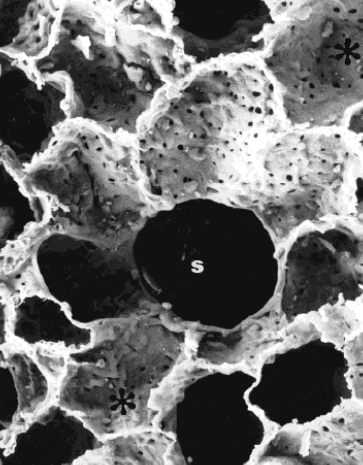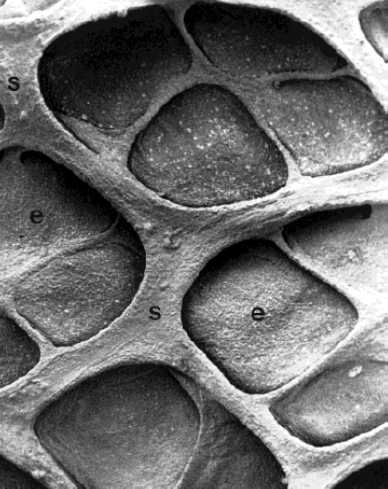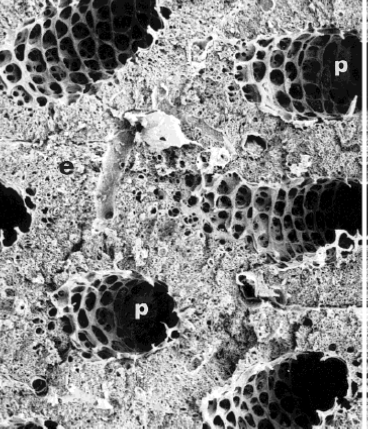CVA: Respiration
1/32
There's no tags or description
Looks like no tags are added yet.
Name | Mastery | Learn | Test | Matching | Spaced |
|---|
No study sessions yet.
33 Terms
Respiratory
gas exchange w environment
Circulatory system
transport w/in body
Respiration system relies on
diffusion
Gills take the look of
dense capillary beds supported by branchial skeleton (arches)
Int. gills, aka pharyngeal slits/ pouches are often covered by
bone (operculum) or integument
Ext. gills protrude out of body but are also found in many
larvae, few adults
Gas bladder have evolved for
buoyancy, gas exchange
Lungs are
bladders evolved for breathing
Swim bladders are
evolved for buoyancy control
While lung are ventral, swim bladders are
dorsal to gut
Cutaneous repiration
breathing through skin
Cilia fucntion
Move water in small animals, clean air channels in larger animals
Water dual pump
2 stroke pump sys used by MOST fish
Air buccal pump
mouth and throat muscles PUSH air into lungs
Air aspiration pump
lungs expand to PULL air in
Unlike Gnathostomes, Agnathans’ gills are
MEDIAL to branchial arches
Lung septal
subdivided by partitions to inc surface area
Faveolus/ Faveoli
compartments amphibian lung/ like small pockets of the lungs
Unlike amphibians, MOST reptiles use
an aspiration pump, squeezing air in
Mammals have Alveoli which are
blind-ended compartments that max surface area
For mammals, what drives aspiration pump?
the Diaphragm
Birds are weird, what do they have instead?
a unique one-way reparatory
Parabronchi
tiny 1-way airways w/in lungs
Air sacs are
avascular structures connected to lungs, tucked among viscera, extended into large bones
W/in birds, having a 4-stage pump maintains—
a continuous air flow across lungs
Such parabronchi and air capillaries found w/in birds create a
cross-current exchange
Fish max gas exchange via
countercurrent exchange, the most efficient way of exchange [35:1]
Reptiles and mammals max gas exchange via
uniform pool
Birds max gas exchange via
cross-current exchange
Alveolar
sac-like compartments in mammals w/ greater SA, elasticity

Faveolar (faviform)
spaces formed by septa, subdivision not resulting from bronchial tree

Parabronchia
blind sacs surround and open to central parabronchus
